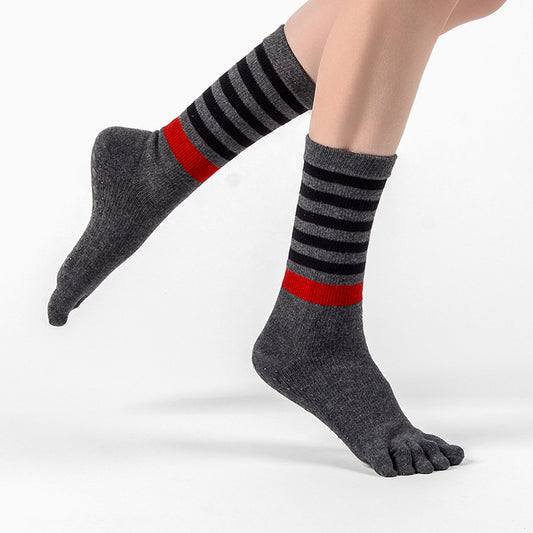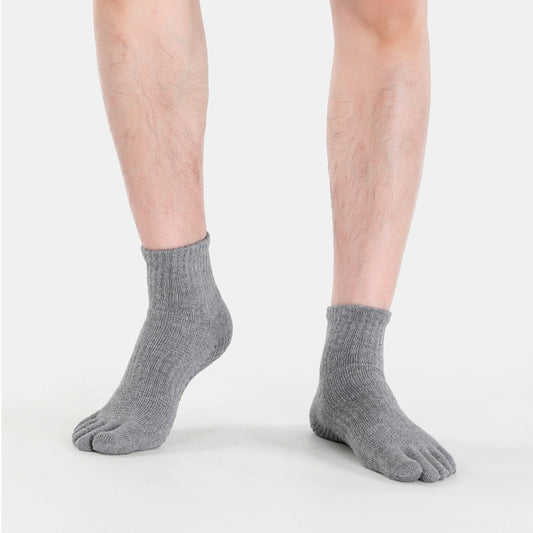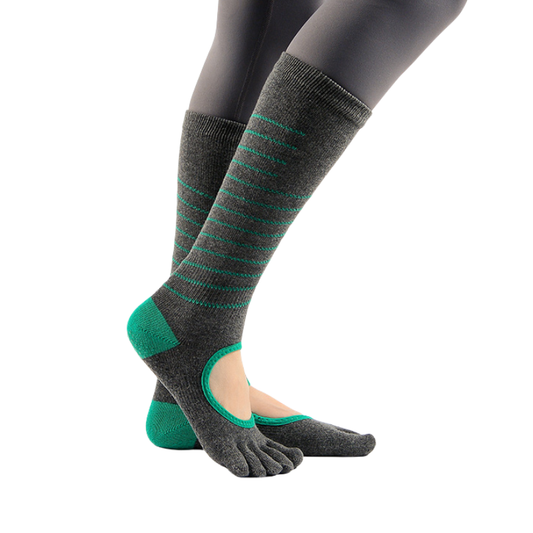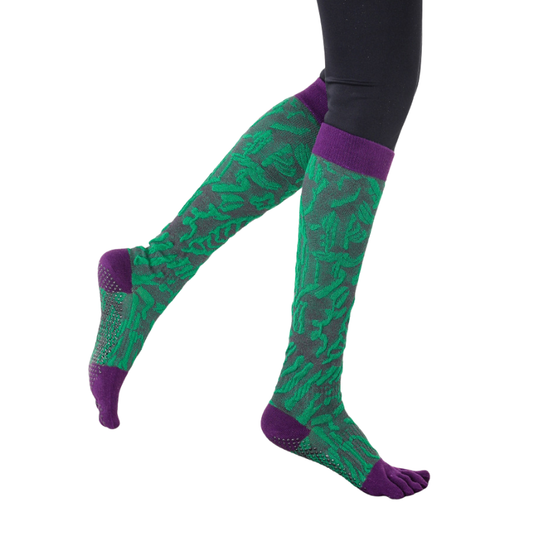Flat feet—also known as fallen arches—are more common than many people realize. For some, flat feet cause no symptoms at all. For others, they can lead to foot pain, poor posture, or even chronic issues in the knees and back. In this article, we’ll explore what causes flat feet, how to recognize the signs, and what effective treatment options
What Are Flat Feet?
Flat feet (pes planus) is a condition where the medial longitudinal arch of the foot collapses, causing the entire sole to touch the ground when standing. According to the American Academy of Orthopaedic Surgeons (AAOS), around 20%–30% of adults have some form of flat feet, with many cases going undiagnosed due to mild symptoms or natural compensation by other parts of the body1.
There are two main types:
-
Flexible flat feet: The arch is visible when the foot is off the ground, but flattens under pressure.
-
Rigid flat feet: The arch remains collapsed even when the foot is not bearing weight—often accompanied by pain or limited mobility.

What Causes Flat Feet?
Flat feet can be congenital (present from birth) or acquired over time. Key causes include:
-
Genetics and ligament laxity
Some people are born with loose ligaments or underdeveloped foot arches. -
Posterior Tibial Tendon Dysfunction (PTTD)
A major cause in adults, PTTD occurs when the tendon supporting the arch weakens or tears2. -
Obesity and Aging
Excess weight and natural wear over time can stress the arch-supporting structures. -
Injury or Arthritis
Trauma or joint inflammation can lead to structural changes in the foot. -
Pregnancy
Hormonal changes and increased body weight may contribute to temporary or lasting flat feet.
Common Symptoms of Flat Feet
Not everyone with flat feet experiences discomfort. But when symptoms do occur, they may include:
-
Pain in the arch, heel, or ankle
-
Foot fatigue after long periods of standing or walking
-
Swelling along the inside of the ankle
-
Overpronation, where the foot rolls inward excessively
-
Knee, hip, or lower back pain due to poor alignment
A telltale sign is uneven shoe wear, particularly on the inside edge.
How Are Flat Feet Diagnosed?
Diagnosis typically involves:
-
Visual inspection: Checking arches while standing and tiptoeing.
-
Gait analysis: Observing walking patterns and pronation.
-
Imaging: X-rays or MRIs may be recommended for rigid or painful cases3.
Podiatrists or orthopedic specialists can assess severity and recommend tailored treatment.
Treatment Options for Flat Feet
1. Supportive Footwear and Insoles
The foundation of conservative treatment lies in wearing the right shoes and using orthotics.
-
Choose shoes with firm arch support, deep heel cups, and shock-absorbing midsoles.
-
Use orthotic insoles that lift the arch and prevent overpronation.
💡 Zokfit ArchGuard™ Insoles are engineered for flat feet support. With triple-layer cushioning and ergonomic arch lift, they help reduce fatigue and realign foot posture for daily comfort and long-term wellness.
2. Stretching & Strengthening Exercises
Improving muscle balance and flexibility in the lower body can reduce symptoms:
-
Calf stretches
-
Arch lifts
-
Towel scrunches or marble pickups
-
Foam rolling for plantar fascia relief
3. Physical Therapy
Therapists may use gait retraining, manual manipulation, and strength training to improve foot function.
4. Medication
Over-the-counter NSAIDs can help with pain or inflammation in acute cases.
5. Surgical Intervention
Surgery is rare and typically reserved for:
-
Severe rigid flat feet
-
Tendon tears
-
Failed conservative treatment
Common procedures include tendon transfer, joint fusion, or subtalar implants
Can Flat Feet Be Prevented?
While congenital flat feet can't be "prevented," the progression and symptoms can often be minimized with good habits:
-
Wear supportive shoes, especially during sports or long walking hours.
-
Maintain a healthy weight to reduce foot pressure.
-
Don’t ignore signs of foot fatigue—early intervention matters.
Conclusion
Flat feet are common and manageable. With the right support, lifestyle changes, and targeted foot care, most people can reduce symptoms or avoid them entirely.
Brands like Zokfit® are committed to making foot wellness accessible, starting with arch-corrective insoles and supportive activewear socks tailored for flat-footed individuals. Your feet are your foundation—treat them with the support they deserve.
American Academy of Orthopaedic Surgeons. Flatfoot (Pes Planus). https://orthoinfo.aaos.org







